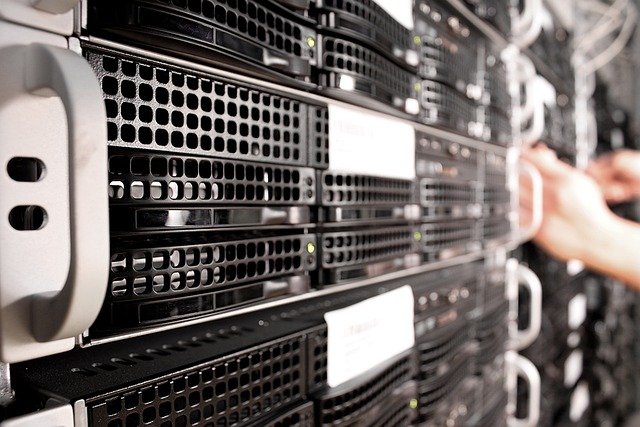Hyperconvergence can play a role in multiple scenarios, especially in organizations that seek to simplify infrastructure management, improve utilization, and reduce costs. It is often used in small and medium-sized enterprise data centers, branch offices/remote offices, virtualized ring database applications, Testing and development environments, disaster recovery and backup, private cloud deployment, etc., hyper-convergence has many advantages when used in these scenarios, but it is not suitable for all situations, so sufficient planning and research are still required before deployment. Hyperconvergence also falls under IT infrastructure. What is the difference between IT infrastructure and cloud computing?
Definition of hyper-convergence
Hyper-convergence is an IT infrastructure that integrates multiple functions such as computing, storage, network and virtualization into a single hardware platform to provide simplified, integrated and scalable solutions. The goal of hyperconvergence is to reduce data center complexity, improve resource utilization, simplify management, and provide faster performance for applications.
Cloud computing definition
Cloud computing is a computing model based on the Internet that provides computing resources, storage resources and services through the network. Users can dynamically access and use these resources as needed without providing hardware and infrastructure. The characteristics of cloud computing are automation, elasticity, pay-as-you-go and remote access.

The main differences between cloud computing and hyper-convergence are as follows:
Architecture
Hyper-convergence is a hardware architecture that integrates computing, storage, network and other resources into the same physical device. Cloud computing is a service model that provides resources such as computing and storage over a network.
Deployment
Hyper-convergence is usually deployed within a local data center to provide integration of physical resources. Cloud computing can be a public cloud, private cloud or hybrid cloud deployment and can be performed across domains.
Flexibility
Hyperconvergence provides relatively high resource integration and performance, but may not be as flexible as cloud computing, especially in terms of cross-region and cross-data center requirements.
Resource expansion
Cloud computing has greater elasticity and scalability, and resources can be expanded or reduced at any time as needed. Expansion of hyperconvergence may require adding more hardware nodes.
cost
Hyperconverged hardware costs more, but can provide higher performance in some cases. Cloud computing typically adopts a pay-as-you-go model that allows cost control based on actual usage.
To sum up, even though hyper-convergence and cloud computing have the same purpose, their focus and characteristics are still different. Hyper-convergence pays more attention to local data center resource integration and performance optimization. Cloud computing focuses on the elastic use of resources and on-demand payment. Using cloud computing services, you can choose appropriate solutions based on your own needs and business conditions.

 EN
EN
 CN
CN








